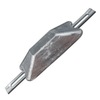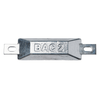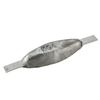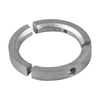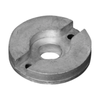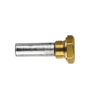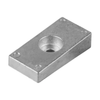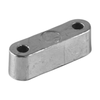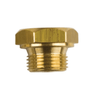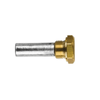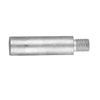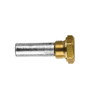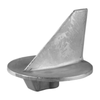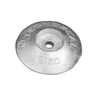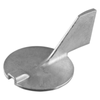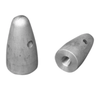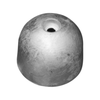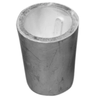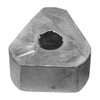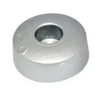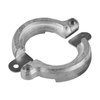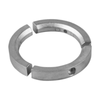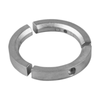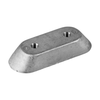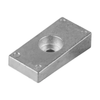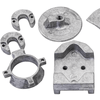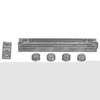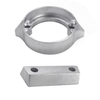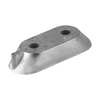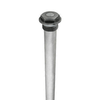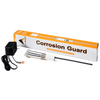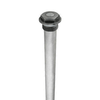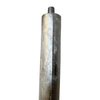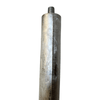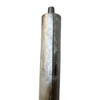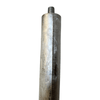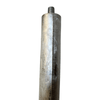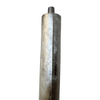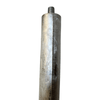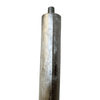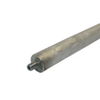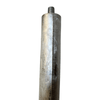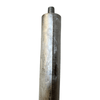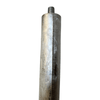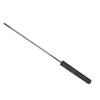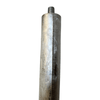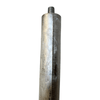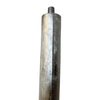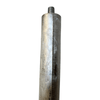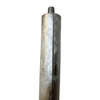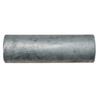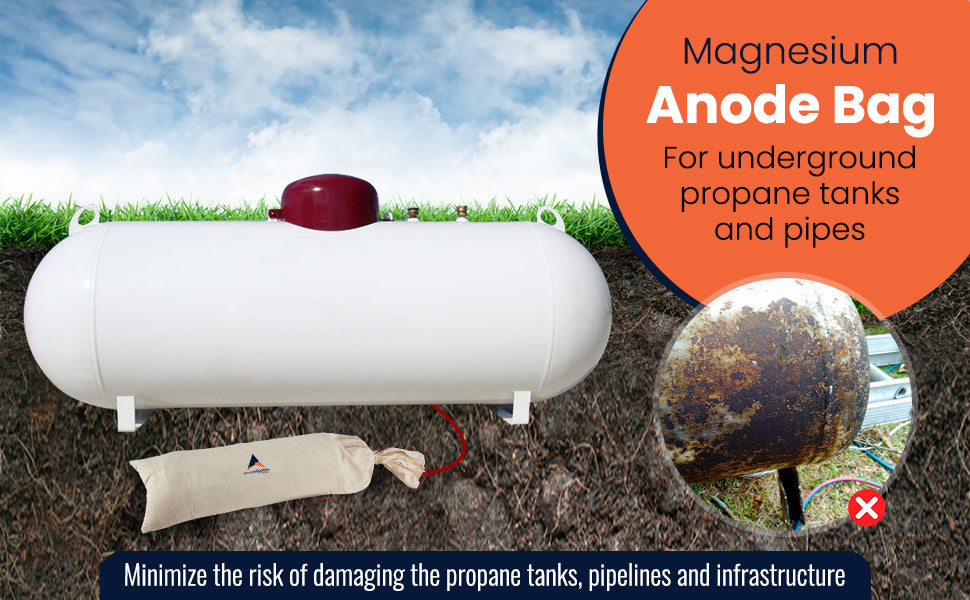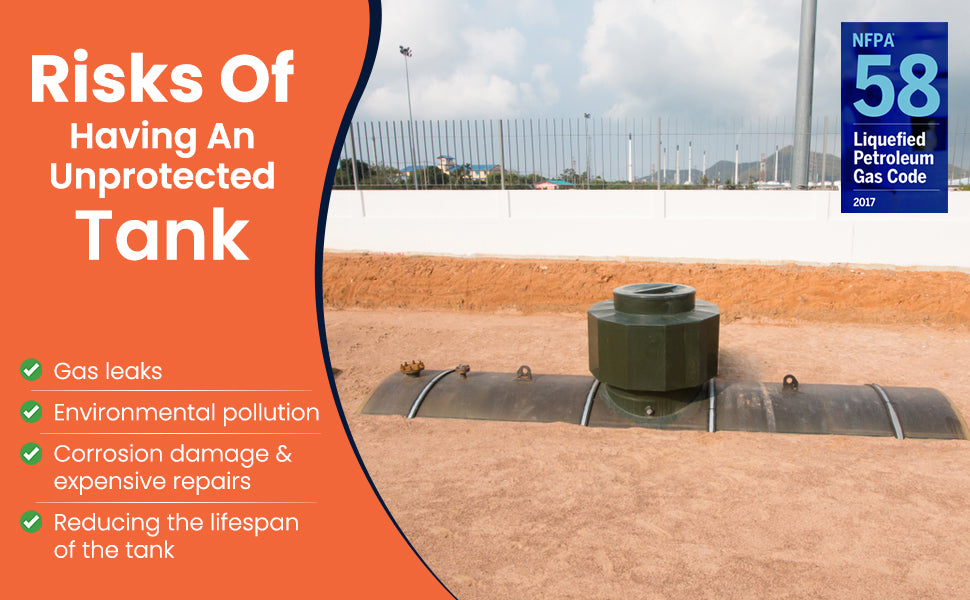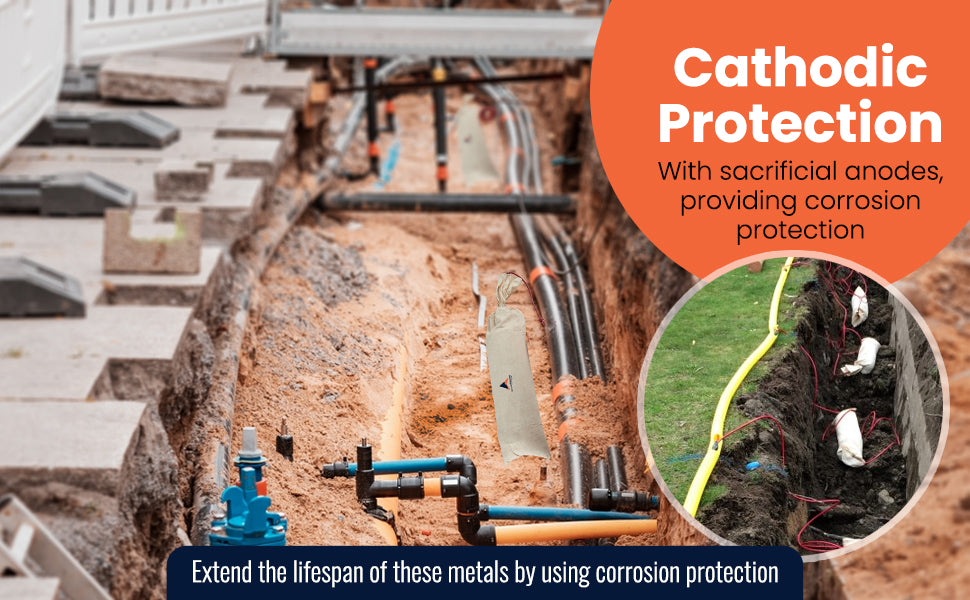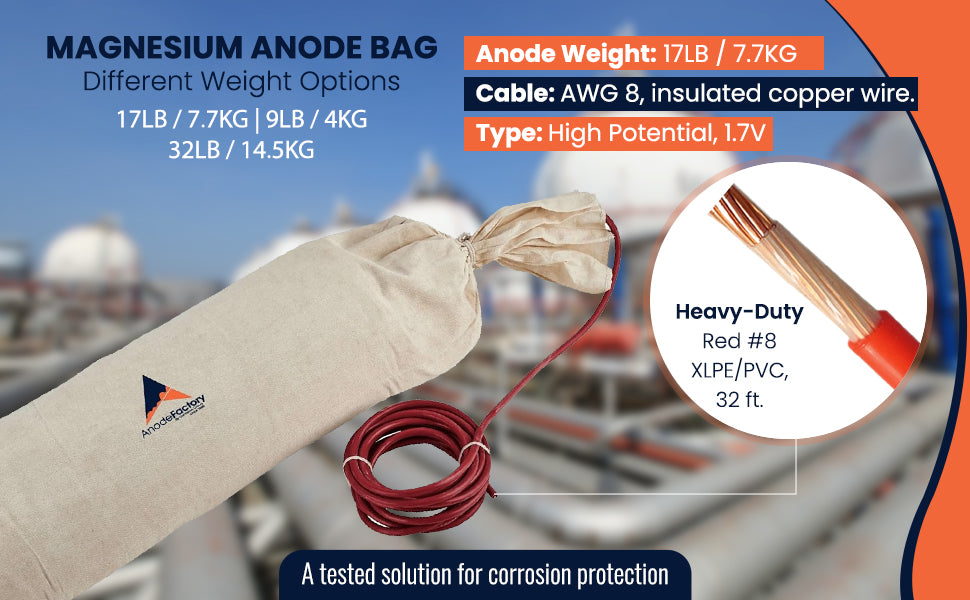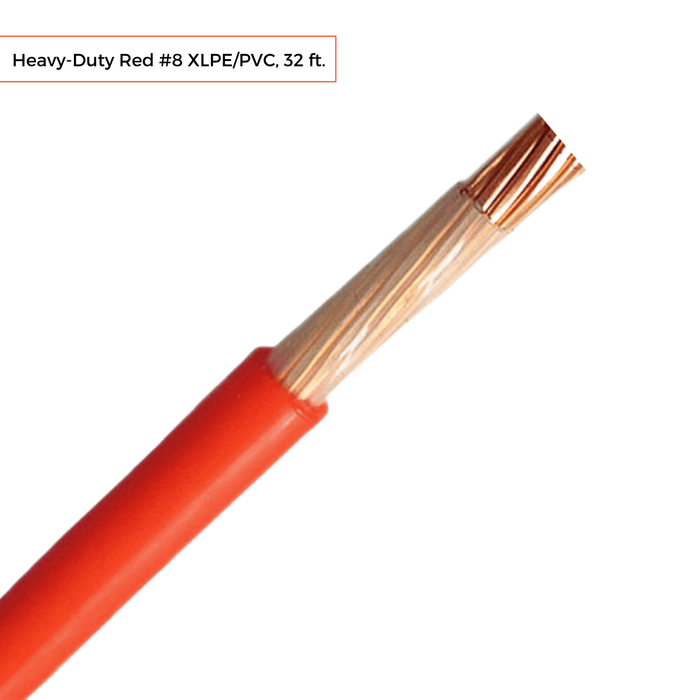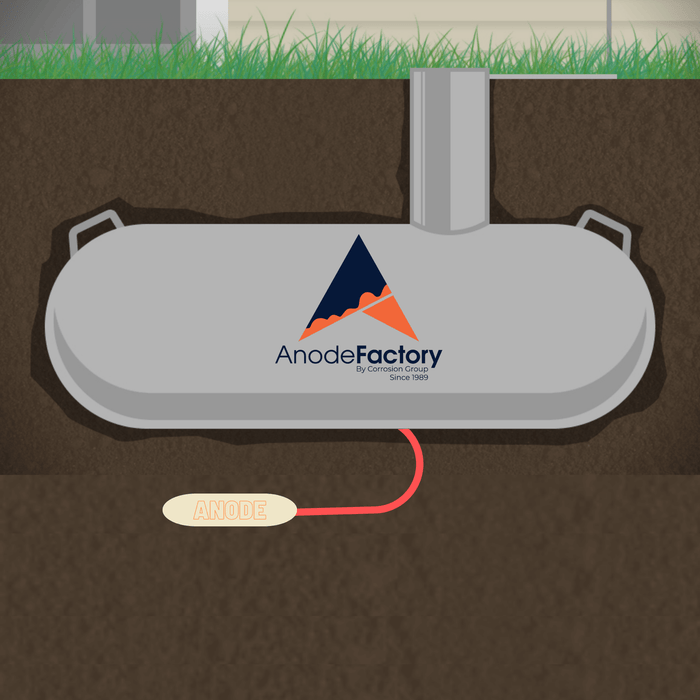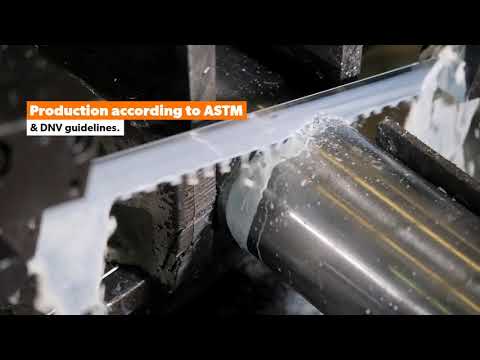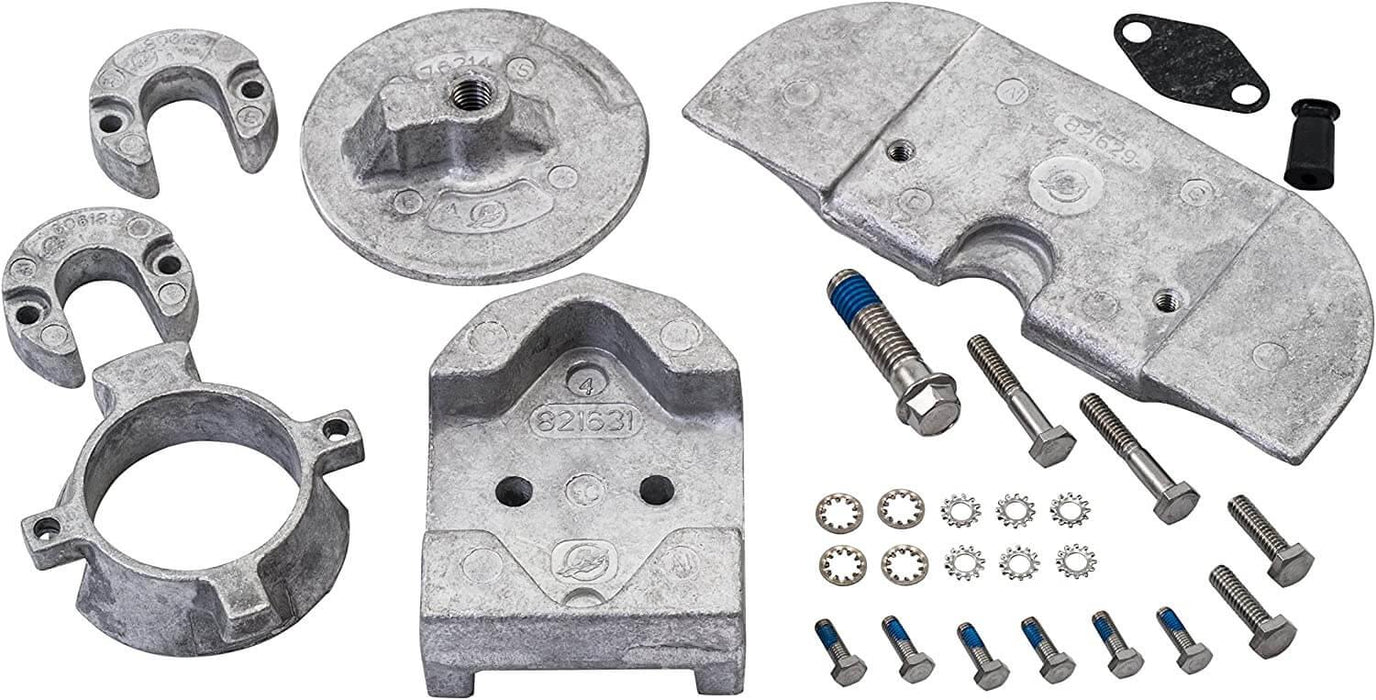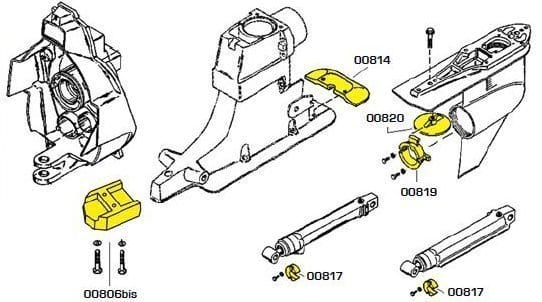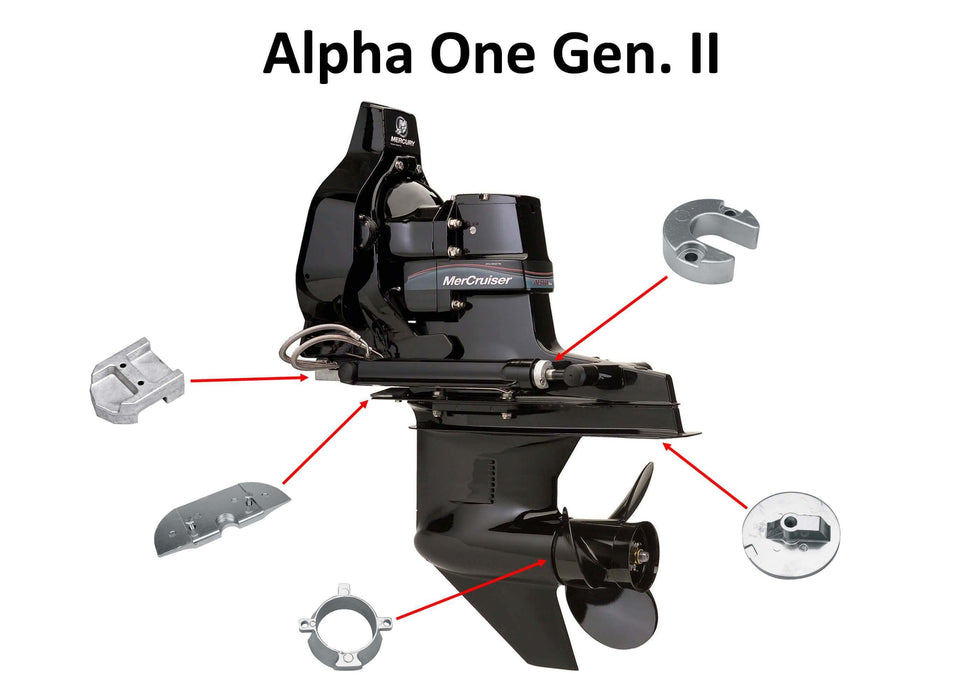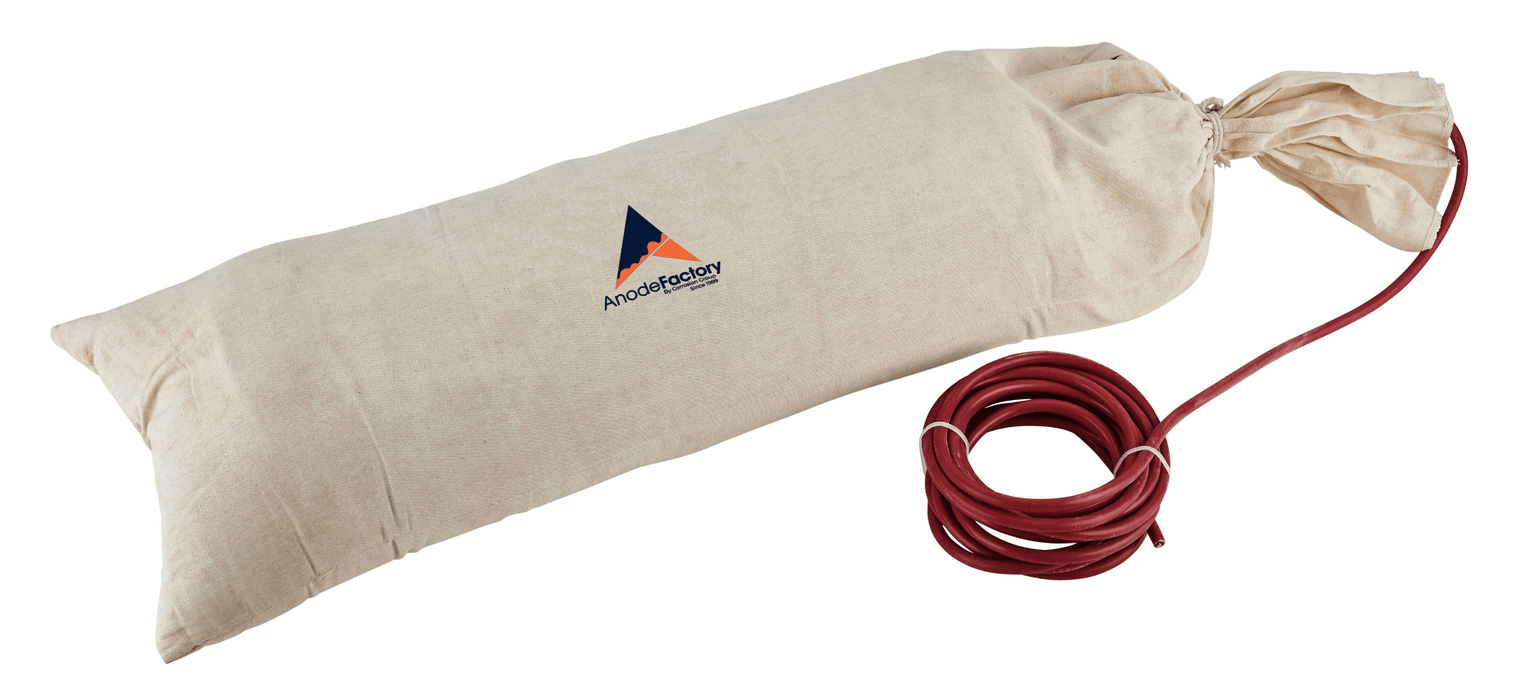
أنود المغنيسيوم في التعبئة الخلفية ، 4KG ، 1.7 فولت ، 10 م 10 مم 2 أحمر XLPE / PVC
Article: 32003
Original part number: 9D3
American Society for Testing Materials (ASTM) Standard B843
Anode bags prevent your propane tank, wires above and below ground from corrosion. By using an anode bag, we extend the lifespan of these products. We deliver worldwide, If you have any questions, please check the product description and FAQ below or contact us.
| PCS | Discount | Price |
|---|---|---|
| 2 | 5 % | $418.95 /st |
| 5 | 10 % | $396.90 /st |
| 20 | 20 % | $352.80 /st |
| 50 | 25 % | $330.75 /st |
Product Description
كيس الأنود المغنيسيوم 4KG / 9lbs 1.7V ، بما في ذلك 32 قدمًا من 8 AWG أحمر XLPE / PVC كابل
هل تبحث عن حجم أكبر؟ تحقق من الإصدار 17 رطلاً هنا
- الوزن الصافي: 4 KG / 9lbs
- الوزن الإجمالي: 9 KG / 20lbs
- الكبل: AWG 8
- النوع : M1C عالي الإمكانات ، 1.7V
| الوزن الصافي | الوزن الإجمالي |
| 4KG / 9lbs | 9 كجم / 20 رطل |
من بين جميع مواد الأنود المتاحة ، يعتبر المغنيسيوم هو الذي يحتوي على أعلى جهد مدفوع. لهذا السبب ، يتم استخدام أنودات المغنيسيوم
بشكل مفيد في التربة والمياه ذات المقاومة العالية.
عادة هناك نوعان مختلفان من الصفات المستخدمة ، الجهد القياسي (1.5 فولت) والجهد العالي (1.7 فولت).
عندما الأنودات مخصصة للتركيب الأرضي ، يتم تسليمها كمعيار
مع مزيج ردم من البنتونيت ، بالإضافة إلى كابل XLPE / PVC 8 AWG أحمر بطول 32 قدمًا.
اتصال الكابل مضمن في الإيبوكسي. t66>
- حماية خزان البروبان تحت الأرض
- يتضمن حقيبة قماشية ، وملء جسيمات معدنية ، وسلك للتوصيل بالخزان
- الوزن العاري 9 أرطال ، مع الحشو المحيط 20 رطلاً
توصيات التطبيق
يمكن للمصاعد المصنوعة من المغنيسيوم حماية الخزانات تحت الأرض في معظم ظروف التربة. تعتبر السبيكة عالية الإمكانات فعالة جدًا بشكل عام. بناءً على افتراضات التصميم المتحفظة ، يقدم الجدول أدناه توصيات لأحجام الخزانات المختلفة. يغطي هذا الرسم البياني ظروف التربة حتى مقاومة 10000 أوم سنتيمتر. المقاومات التي يزيد ارتفاعها عن 10000 أوم تمثل عمومًا تربة جافة جدًا. يمكن التحقق من مقاومة التربة من خلال تحليل التربة. إذا لم يكن هناك طلاء خارجي فعال على الخزان أو إذا تجاوزت مقاومة التربة 10000 أوم سم ، فاتصل بنا للحصول على توصيات التصميم.
| نوع التربة | التربة الخصبة ، الطين ، الطمي الرملي | الرمال والحصى والمناطق الصخرية | ||||
| غطاء الخزان. | 5 إلى 5000 أوم سم | 5000 إلى 10000 أوم سم | ||||
| (غال.) | الحجم | الكمية. | سبيكةسبيكة | الحجم | الكمية. | سبيكةسبيكة |
| 120 | 9 # | 1 | إمكانات عالية | 9 # | 1 | إمكانات عالية |
| 150 | 9 # | 1 | إمكانات عالية |
9 # | 1 | إمكانات عالية |
| 250 | 9 # | 1 | إمكانات عالية |
9 # | 2 | إمكانات عالية |
| 325 | 9 # | 1 | إمكانات عالية |
9 # | 2 | إمكانات عالية |
| 500 | 17 # | 1 | إمكانات عالية |
9 # | 2 | إمكانات عالية |
| 1000 | 17 # | 2 | إمكانات عالية |
9 # | 4 | إمكانات عالية |
| 1500 | 17 # | 2 | إمكانات عالية |
9 # | 4 | إمكانات عالية |
| 2000 | 17 # | 3 | إمكانات عالية |
9 # | 6 | إمكانات عالية |
FAQ
- Q: How long does an anode bag last?
A: With optimal use, our anode bags can last up to 5 years. However, the lifespan can vary depending on environmental conditions, including the aggressiveness of the soil or water they are placed in. Regular inspections can help assess the condition of the anode bag and its remaining lifespan.
- Q: How do you install an anode bag for a propane tank?
A: Installing an anode bag for a propane tank involves several steps. First and foremost, the area around the tank should be cleared. The anode bag is then placed in a hole dug near the tank. It is then connected to the tank with a special cable, ensuring that the connection is secure and solid. The hole is then filled back in, ensuring that the anode bag remains in contact with the surrounding soil.
- Q: What are anode bags used for?
A: Anode bags are used for cathodic protection. They protect various metal structures such as propane tanks, underground pipes, buried steel assets, docks, piers, and fire hydrants against corrosion. By producing a small electric current, anode bags counteract the corrosive electrical activity that leads to rust and degradation.
- Q: What is an anode bag?
A: An anode bag is a type of sacrificial anode used for cathodic protection. It is a bag filled with a reactive metal, usually magnesium, that is connected to a metal structure to protect it against corrosion. When placed in the soil or water near the structure, it produces a protective electric current that prevents the metal from corroding.

